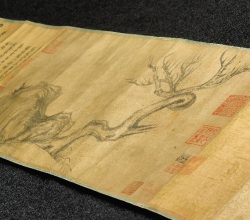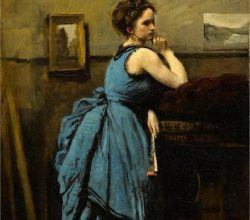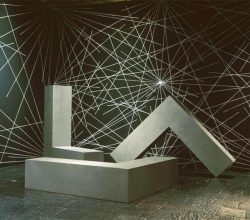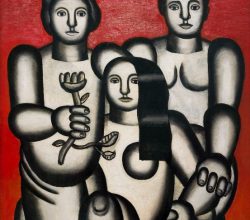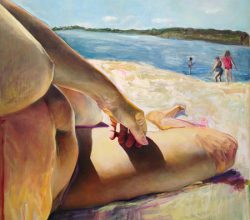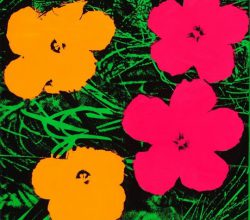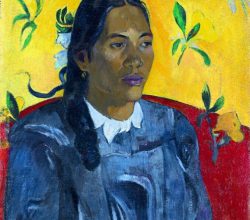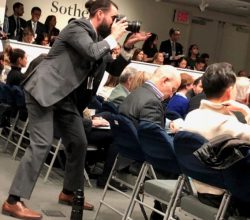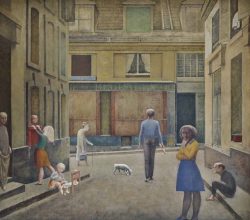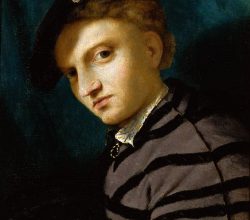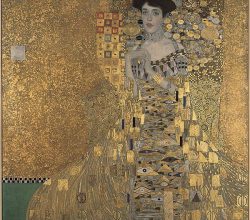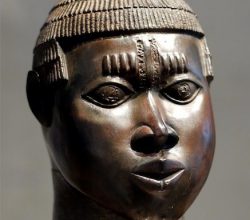
French art dealers angry after report urges African treasures be returned
Staff | DW.com | 23rd November 2018
Incredibly, “over 90% of the material cultural legacy” of sub-Saharan Africa is held outside Africa, notably in Paris’s Quai Branly Museum. Restitution seems an obvious step but not everyone can see a moral imperative. Some fret about lack of proper care, others think it doesn’t matter where these objects reside: African bronzes, like European art, “are part of the world’s cultural patrimony”.

